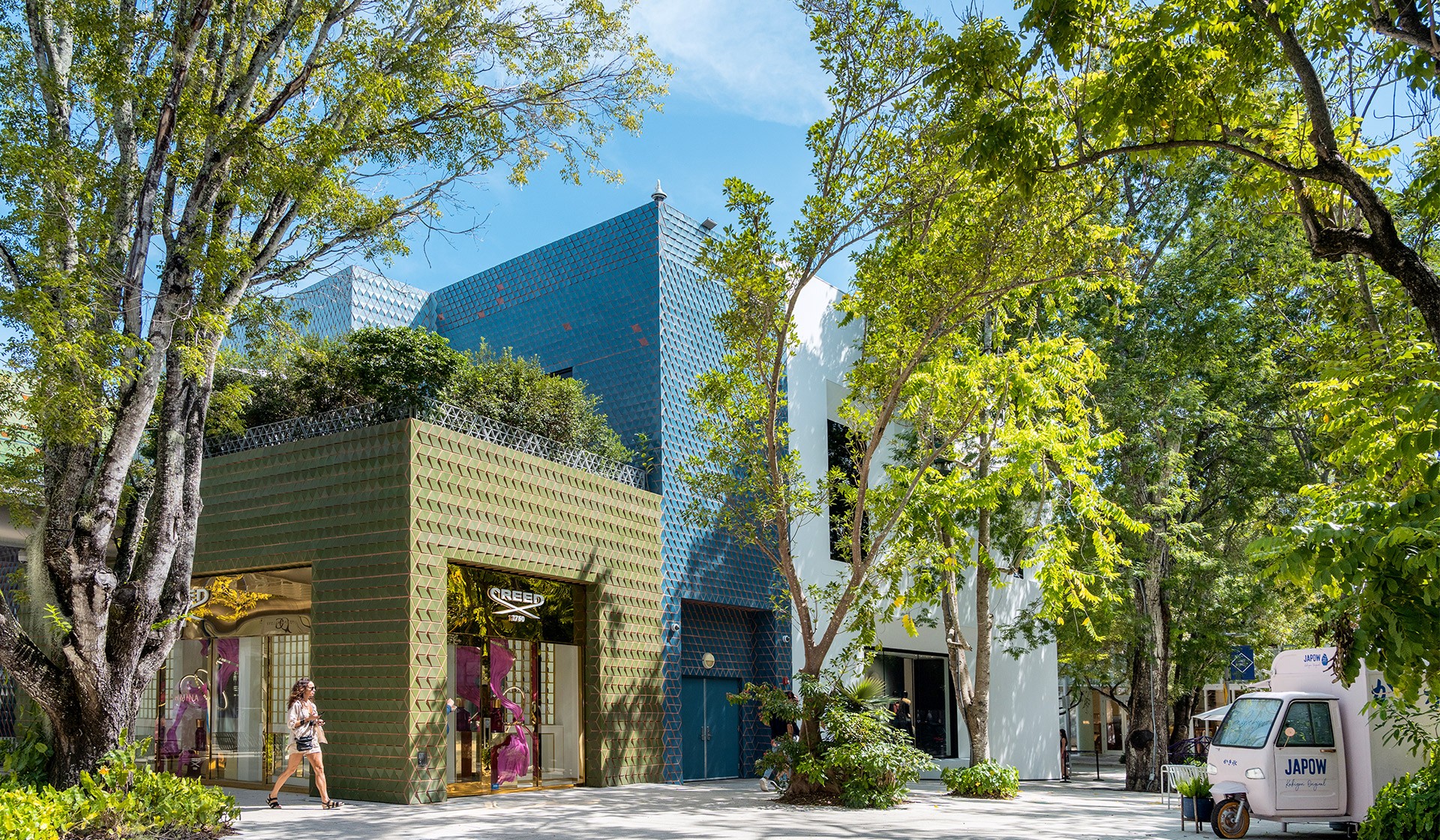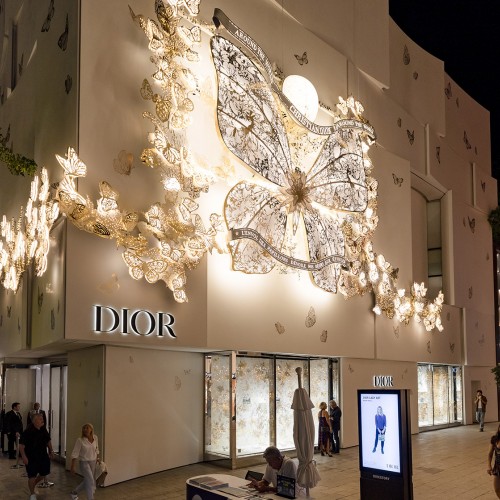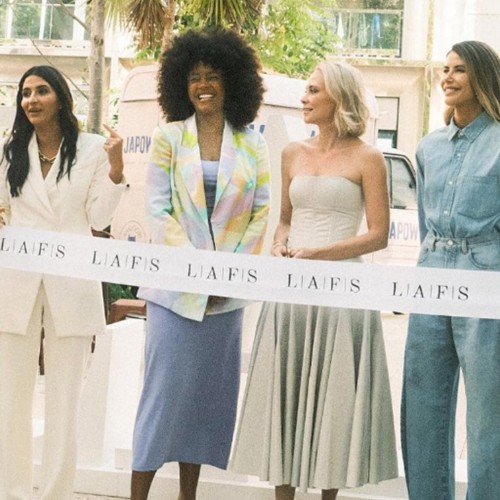Sustainability has always been a key focus area for Miami’s design, fashion, dining, and architectural destination, the Miami Design District. As a development, it reached a pioneer milestone in 2021 when it became the first neighborhood in the world to achieve LEED Gold certification, and was also recognized as the third neighborhood in the world to achieve LEED certification for Neighborhood Development. For storefronts, it has supported and promoted the sustainable offerings of its retailers over the years, such as buy-back, upcycle, and other retailer-led programs. From the top down, it is evident that retailers and individuals within the iconic neighborhood have a shared sustainable vision to positively impact the planet.
Miami Design District’s sustainability program is about to scale tremendously thanks to some exciting news: a mission towards 100% renewable energy by 2025. This news breaks in time with the COP 28 summit and demonstrates Miami Design District’s commitment towards the summit’s theme of transitioning to clean energy.
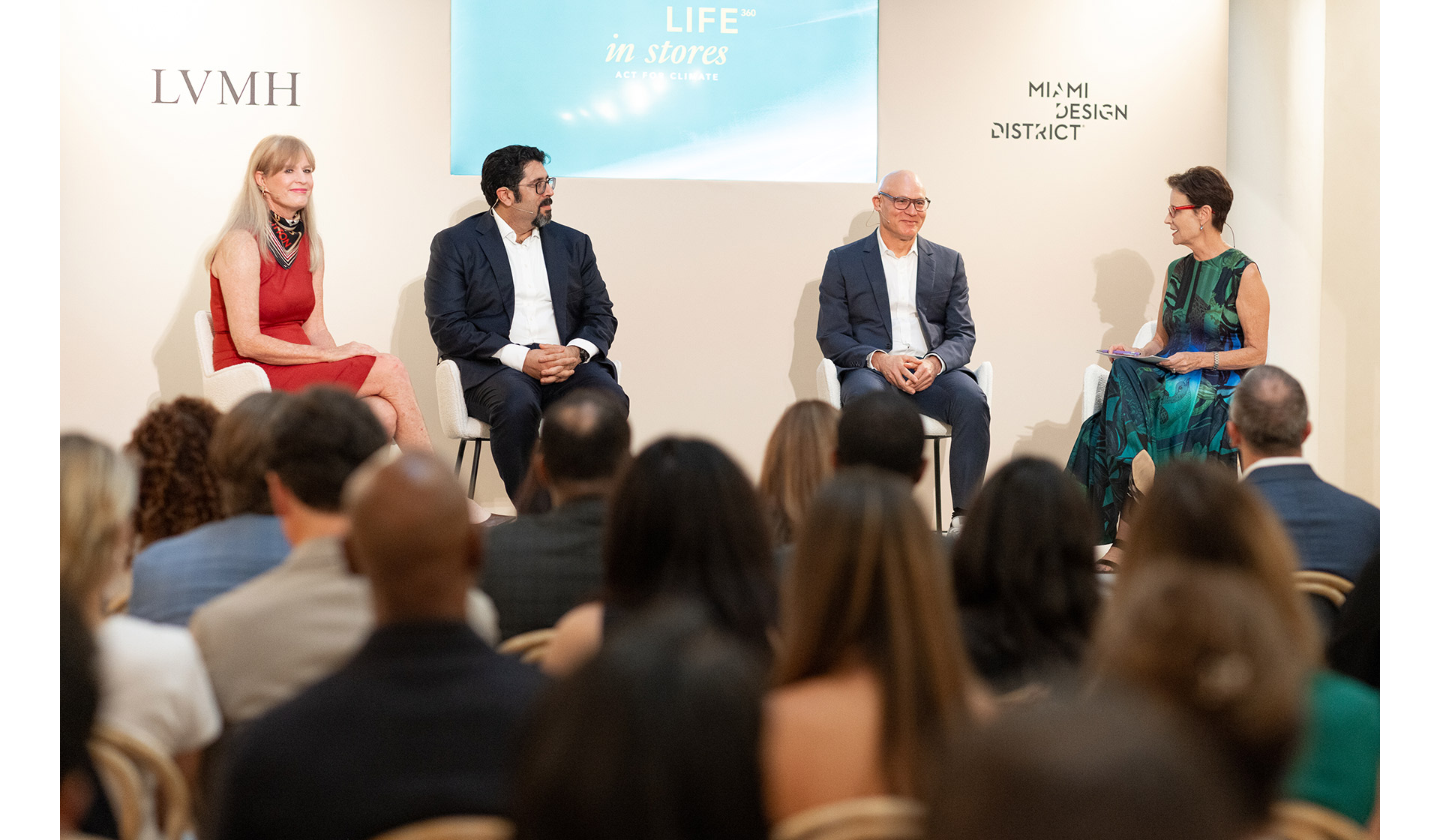
Partners with a shared vision
Through the Moët Hennessy Louis Vuitton (LVMH) LIFE in stores initiative, the District has big plans and committed partners to make it happen.
At the retailer level, the partnership will involve LVMH’s 15 brands that lease space within the Miami Design District, including Louis Vuitton, Dior, Fendi, Berluti, Tiffany & Co., Bulgari, Hublot, and more. Tightened energy regulations and new building standards will apply to these retailers, along with new LVMH brands that enter the neighborhood moving forward. Craig Robins, Dacra Development CEO, has shared that the program will grow beyond LVMH tenants, stating that, “additional brands will join the program, demonstrating a collective will to safeguard our environment.”
At the tactical solar program level, this leap is made possible by the support and framework of the Florida Power & Light SolarTogether program, which is also available to residential customers throughout the state of Florida. It is designed to give all FPL customers an opportunity to directly participate in the environmental and financial benefits of Florida-based large-scale solar energy, while directly supporting the expansion of solar in the State. It is the largest program in the United States of its kind.
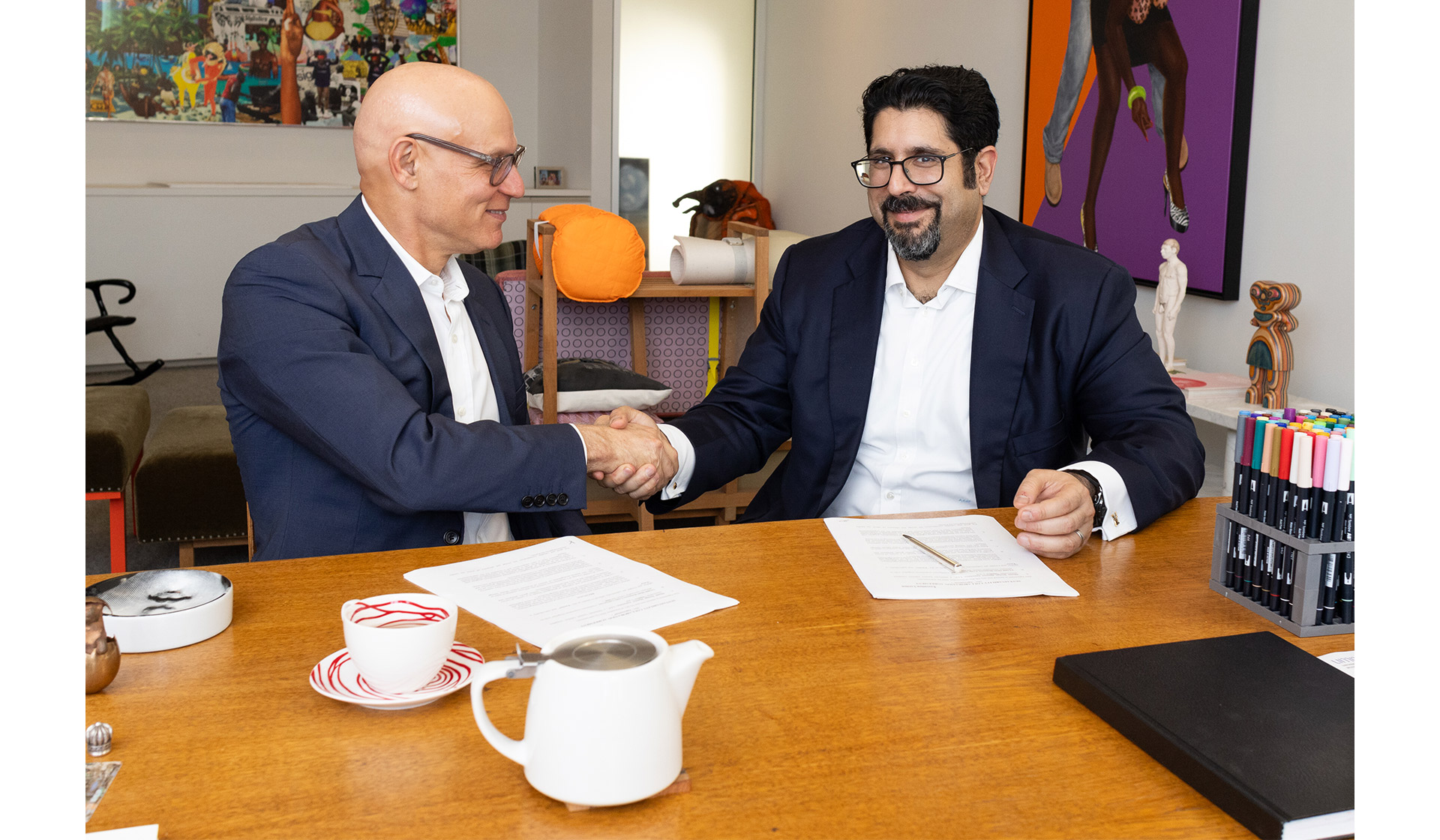
Clear programs that will bring the vision to life
Miami Design District hopes to advance and accelerate progress in five key areas: climate resilience, resource management, wellbeing, sustainable transactions, and sustainability communication, events, and progress reviews.
Specifically, the commitment outlined by the Miami Design District is as follows:
-
Creating a centralized energy monitoring system
-
Building a comprehensive stormwater management plan
-
Reducing LVMH store lighting after 10pm, keeping individual retailer power consumption below 28 kWh/ft 2 (~300 kWh/m 2 )
-
Transitioning to 100% green electricity by 2025
-
Keeping building water use 20% below the baseline calculation (Energy Policy Act of 1992)
-
Providing greater shade cover of sidewalks and streets, achieving 40% shade through biodiversity and shade structures
-
Optimizing the outdoor visitor experience with our customer-oriented access program, including seating and benches, mobility, bike parking, EV charging, priority parking LEV and trolley will continue and where possible, expand
-
Minimizing chemicals and pollutants with a green cleaning program for the wellbeing of staff, guests, and the environment
-
Increasing efforts to reuse or recycle at least 75% of construction and demolition debris on LVMH build outs by 2025, diverting it from landfills
-
Using at least 50% of FSC-certified wood in base building in LVMH stores; (low VOC) materials for all paints and coatings, adhesives, sealants for interior spaces; committing that at least 20% of new building materials used, including concrete, will be grown, extracted, and manufactured within the region
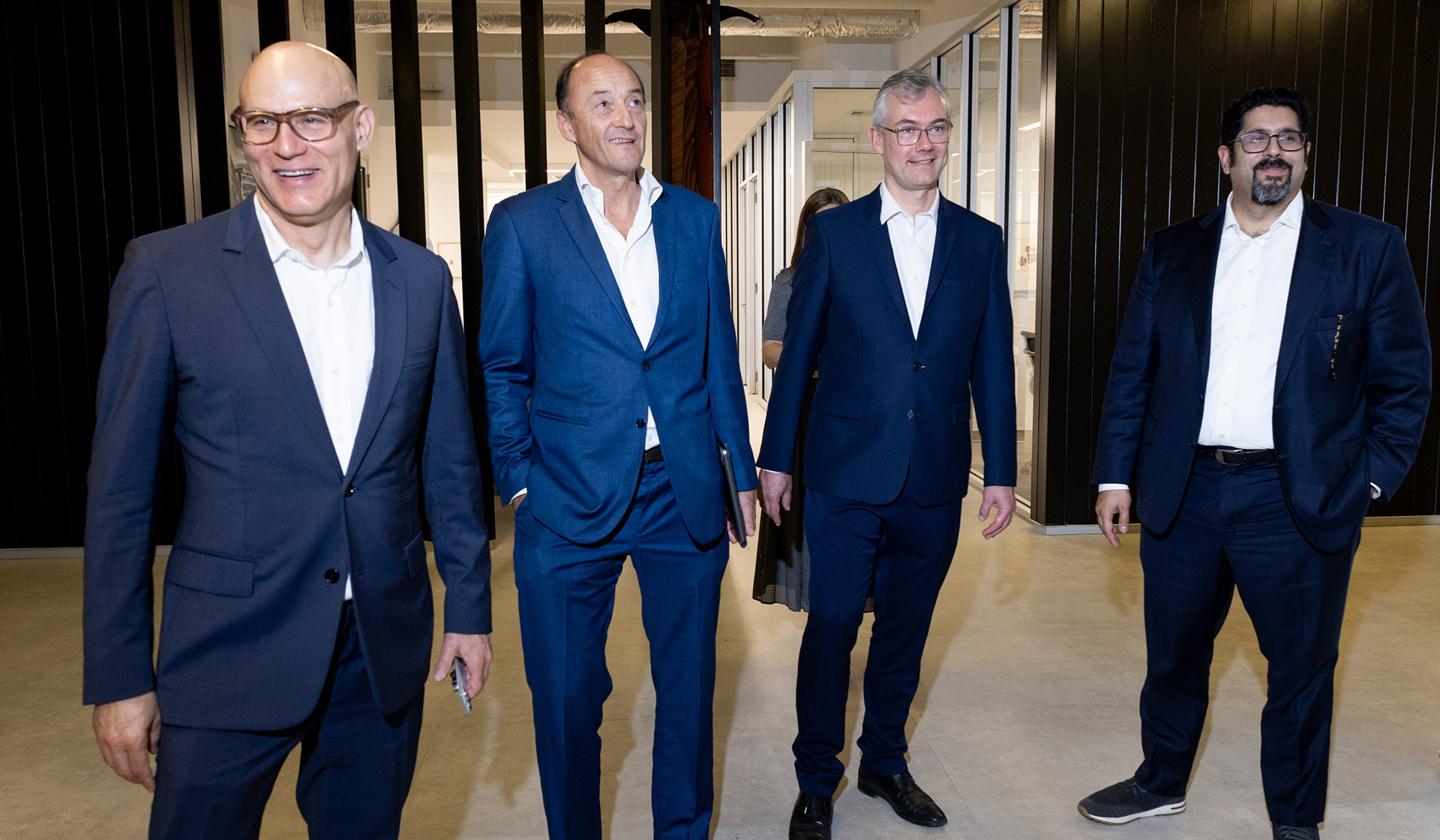
Setting a new standard for project developers worldwide
This plan sets a new standard for mixed-use developments globally, and hopefully will inspire other retailers, companies, and people to reflect and make intentional changes to better serve our planet.
At a global level, COP 28 participants must course-correct their energy consumption and bring clear, tangible plans to their sustainability commitments. This framework released by Miami Design District with LVMH and FPL should serve as a blueprint for commercial organizations, governments, and developers to refine their processes, implement sustainable practices, and better serve the planet with focus and intention.

